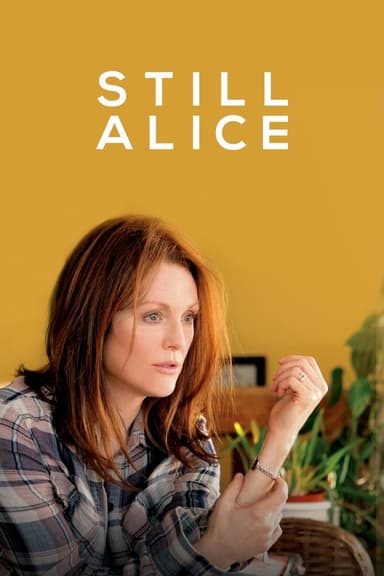
The Ties That Bind Us
2025 • Drama
A young single father trying to find the strength to love. A feminist librarian, single by conviction, who’s decided that she won’t be a mother. A six-year-old child trying to find a place in a new family structure. By revealing their aspirations, their fears, their choices, Carine Tardieu depicts different ways in which humans create families.
Runtime: 1h 46m
Why you should read the novel
If you're captivated by heartfelt family dramas, Clara Hemsley's 'The Ties That Bind Us' provides a richer, more immersive experience than the movie adaptation. The novel intricately explores the characters’ inner struggles and motivations, bringing readers closer to their emotional journeys. Engaging with the book allows you to appreciate the nuanced storytelling and subtle themes that may not fully translate to the screen.
Adaptation differences
One of the main differences between the book and its movie adaptation lies in character development. The novel delves deeply into each character’s backstory, offering insights into their choices and relationships that the film necessarily condenses due to time constraints. Additionally, the book uses multiple perspectives to unravel the core mystery at a delicate pace, enabling readers to connect intimately with each protagonist’s thoughts and feelings. In contrast, the movie streamlines the narrative, sometimes sacrificing complex subplots and internal monologues for visual storytelling and quicker plot progression.
While the film adaptation of 'The Ties That Bind Us' presents stunning visuals and emotional performances, it omits several key plot points and supporting characters found in the book. Certain scenes in the movie are either rearranged or altered, significantly changing the impact of the story’s climax compared to the original novel. The book’s subtle exploration of themes like forgiveness and generational trauma is intricately woven throughout the prose, whereas the movie often opts for more direct, dramatic expressions.
Another significant difference is the ending. Clara Hemsley's novel concludes with an ambiguous resolution, encouraging readers to contemplate the long-term effects of the choices characters make. Conversely, the film adapts the ending for a more definitive and emotionally satisfying closure, which may appeal to viewers but departs from the author’s intention to leave certain questions unanswered.
For those interested in a comprehensive understanding of 'The Ties That Bind Us,' reading the original novel uncovers complex character arcs, multi-layered motivations, and nuanced themes that simply can’t be recreated on screen. These differences make the book essential for anyone wanting to experience the story in its full, literary depth.
The Ties That Bind Us inspired from
The Ties That Bind Us
by Clara Hemsley










